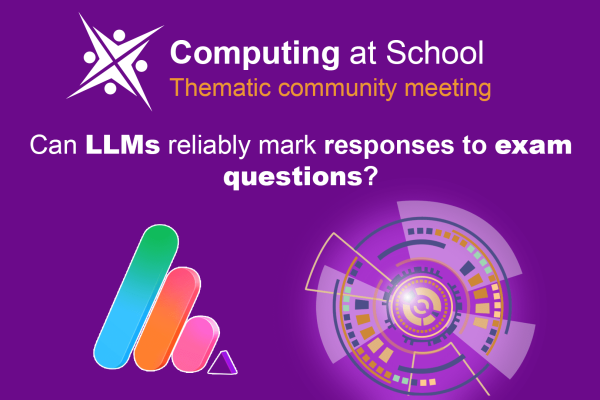Introduction
AI lesson planning for UK teachers is becoming a powerful time-saving tool. Creating high-quality lessons used to take hours, but now, with tools like ChatGPT, Eduaide.ai, and Google Gemini, UK educators can simplify their planning while still meeting the needs of their students.
Whether you’re working on GCSE English, Key Stage 3 Science, or Computer Science, this AI-powered guide helps you scaffold, differentiate, and plan engaging lessons with less stress.
Table of Contents
1. What AI Can (and Can’t) Do in Lesson Planning
AI is a support tool, not a replacement for teacher expertise.
✅ What it can help with:
- Drafting curriculum-aligned learning objectives.
- Generating exit tickets or recap quizzes.
- Suggesting starter tasks or extension activities.
- Summarising long topics into pupil-friendly formats.
❌ What it can’t replace:
- Your knowledge of your students.
- Real-time classroom decisions.
- Subject-specific depth or nuance.
🟢 Tip: Think of AI as a teaching assistant, not the teacher.
Refer to the UK National Curriculum to ensure your objectives are aligned.
2. AI Lesson Planning for UK Teachers: Step-by-Step Guide
Use this 5-step method with tools like ChatGPT or Eduaide.ai:
Step 1 – Define your topic and audience
Prompt: “Plan a 60-minute lesson on photosynthesis for Year 9 Science students. Include starter, main activity, and plenary.”
Step 2 – Refine the learning objective
Prompt: “Rewrite this objective in student-friendly language.”
Step 3 – Ask for differentiation
Prompt: “Differentiate the main activity for EAL and high-ability learners.”
Step 4 – Create reflection or assessment tasks
Prompt: “Suggest 3 plenary activities to check learning.”
Step 5 – Review and adapt for your class
Use your expertise to personalise the final version.
3. AI Lesson Planning Example: Scratch Coding (Key Stage 3)
Topic: Introduction to Coding with Scratch
Year Group: Year 7
SpecTopic: Introduction to Coding with Scratch
Year Group: Year 7
Curriculum: UK Key Stage 3 Computer Science
Learning Objective: Students will create a basic animation using Scratch, demonstrating sequencing and simple loops.
Starter: Discuss “Where have you seen animations in websites or games?”
Main Task: Demo on how to animate a sprite using Scratch. Then students personalise their own Scratch project by adding characters or dialogue.
Differentiation:
- EAL: Visual guide with labelled screenshots
- High-ability: Add conditional logic like ‘if-then’ statements
Plenary: Students present their project and explain one key feature.
🟢 Prompt used: “Write a KS3 Computer Science lesson plan introducing Scratch programming with differentiation.”
4. Best Practices for Using AI in Planning
- Always fact-check and reword suggestions
- Save prompts and reuse frameworks
- Avoid entering personal or pupil data
- Start with a rough structure and customise from there.
5. Recommended AI Tools for Teachers
Alongside our own tool, Teepee, UK teachers are also using:
- Eduaide.ai – Teaching assistant for planning and ideas
- MagicSchool.ai – UK curriculum-aligned generator
- ChatGPT – Custom prompts for any subject
- Google Gemini – Visual aid suggestions and summaries
🟢 All tools listed are editable and allow teacher control.
Final Thought: AI Won’t Replace You, But It Might Save You Hours
AI lesson planning for UK teachers is not about replacing creativity, t’s about reducing admin. With smart prompts and the right tools, lesson planning becomes faster, more focused, and more fun.
Give it a try with your next lesson. You might save hours, without sacrificing quality.
Related Reads:
Want a simpler method? Check out our 5-Step Lesson Planning Guide for UK Teachers.
And:
Also read: AI Tools for Teachers in 2025 – What UK Educators Are Actually Using.
- saadhassan01https://teepee.ai/author/saadhassan01/
- saadhassan01https://teepee.ai/author/saadhassan01/
- saadhassan01https://teepee.ai/author/saadhassan01/
- saadhassan01https://teepee.ai/author/saadhassan01/




